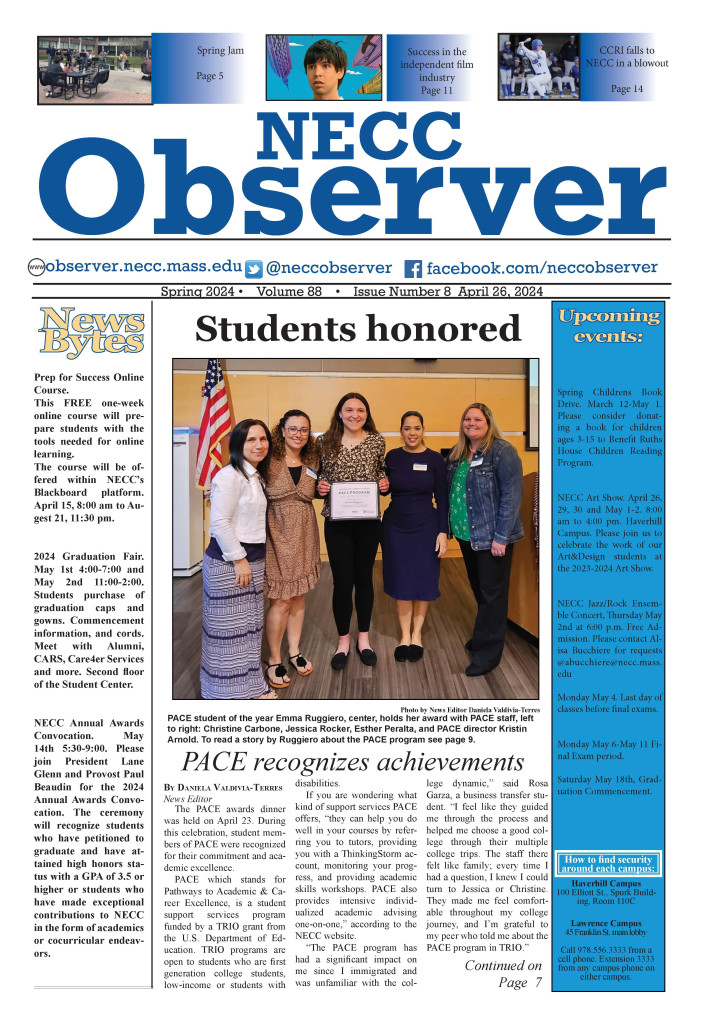The amount of people unable to provide proper nutrition for themselves and their families had almost doubled at the start of the COVID pandemic. While that number is slowly decreasing, help is greatly needed at food banks all around the Haverhill area. With the increased number of food-insecure families, food banks are requesting more resources from the community.
“We are always looking for volunteers,” said Katherine Hailson of the Northern Essex Community College Americorps Vista.
One of the primary ways to help out the community and those who need the assistance is to spread the word. Covid negatively impacted the functions of many food banks, forcing changes to how food is distributed.
Many services, including the Salvation Army Haverhill Corps Community Center, had to change from client choice distribution to pre-bagged distribution, meaning that recipients of the food had less control over what food they were getting.
Other places, such as the Northern Essex Monthly Mobile Market, had to close down entirely for some time. “During the fall of 2019 (before COVID), we served an average of 104 individuals per month at our monthly Mobile Farmer’s market. Our programs completely shut down when COVID hit in spring 2020,” said Hailson.
Even though the rate of food insecurity is far above that of pre-COVID numbers, the Mobile Market only serves around 70 people per month now. The closing cost them a third of their clients.
This can be attributed to a lack of information surrounding how and where to get help. This lack of knowledge not only prevents people from receiving needed assistance but also prevents volunteers from knowing where they can help and how much the help is needed. “One thing everyone can do is simply spread the word about our programs,” wrote Hailson in an email.
The rise in food insecurity has been attributed to job loss and rising poverty rates throughout the pandemic, leading to some places serving far more people than they previously had.
“Before COVID – 30-50 households per day,” reported Pastor Lynnann Rivers of the Haverhill Corps Community Center on how many households they serve, “(now) 40-70 households per day we are open.”
Food banks provide much-needed food to tens of millions of people across the country. While a bag of carrots, apples, and lettuce may not seem like such a huge help, these foods account for a significantly larger percentage of the earnings of many food recipients compared to people who are not food insecure. To put the costs into perspective, 34% of food bank help recipients from Feeding America, the largest food bank network in America, have had to choose between paying for food or paying for medical care. Giving really helps.
Some communities in the United States, such as the Latino community, have experienced even worse effects on food security than others. COVID has brought Latino families with children dealing with food insecurity from 16.8% to 47%, according to studies from the USDA and Northwestern University Institute for Policy Research. Barriers such as ID requirements and a lack of Spanish-speaking volunteers prevent Latino families from getting the help that they need. “We need Spanish-speaking volunteers on distribution days,” said Rivers.
If you are interested in volunteering with the Haverhill Corps Community center, you can contact Rivers at LRivers@use.salvationarmy.org. To volunteer at NECC’s Mobile Market you can email Hailson at khailson@necc.mass.edu.

